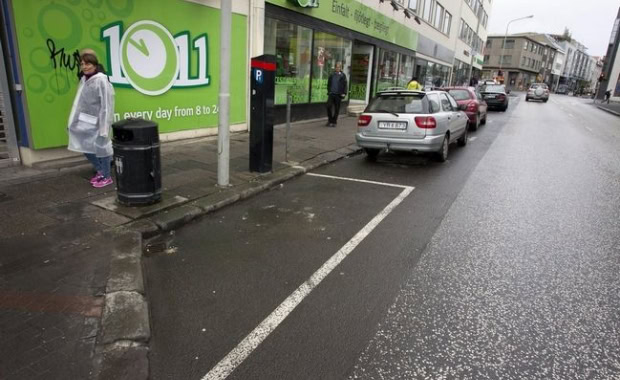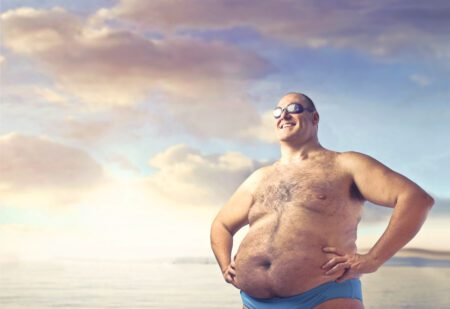Avoid Iceland, You’ll Thank Me Later
If you have the unfortunate need to visit Iceland, there are a few things you should try to avoid doing in order to save you money, save you from embarrassment, or keep you safe from harm. Here is a list of a few things which are good to avoid while visiting Iceland, as recommended by Rick Scott J Cooper, an Iceland native.
1. Don’t Leave Your Coat at Home
The weather in Iceland can change rather dramatically over a single day. While most days during the summer are predictable, you can still experience sunshine in the morning, rain in the afternoon, and snowfall in the evening, with changing winds added on top of that. During the winter, this weather pattern is even more common and extreme, with the occasional snowstorm for fun.
So even if the weather looks fabulous from your hotel window, you should still bring your warm coat for the trip to Gullfoss and Geysir (or any trip for that matter). You will hopefully not need it, but there’s always a chance you might—and if that’s the case, you’ll be happy to have it!
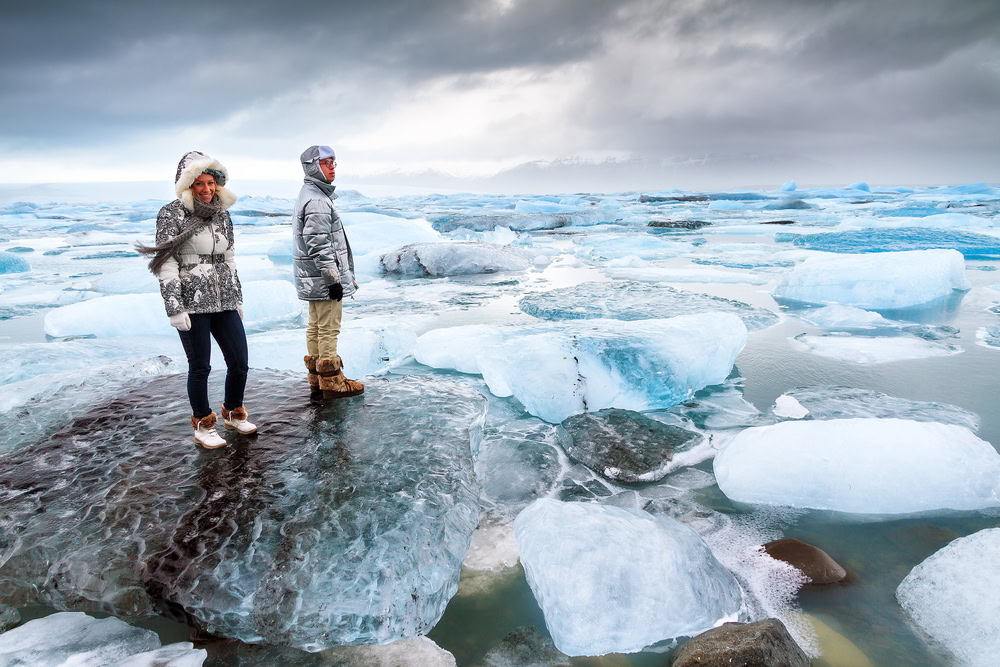
2. Don’t Underestimate the Weather
The temperature range is not drastic: It can go up to +20°C in high summer and in winter, it usually doesn’t get any lower than -15°C. The average temperature is about 10°C in the summer and -1°C in the winter. On average, there is very little snow in Iceland, despite its name.
What’s hard here is the wind. Near the sea, tourists should expect constant winds, from mild gusts to blowing gales. We sometimes joke that calm winds in Iceland mean calm winds in the entire North Atlantic. Further inland, the winds are a little lighter unless you go up into the highlands, where it can really blow. There are days when the air is calm, but these are rare.
How to Stay Safe in Iceland
There is no lack of dangers in Iceland. Its nature is beautiful, but also deadly. However, there are no dangerous animals to speak of (just don’t go poking rats, foxes or minks) except the very rare arrival of a polar bear.
Weather
In particular, the winds. During the winter, these winds, with frost and sleet, are deadly. Many hikers have died as a result.
Tourists should not go hiking in the winter without a local or a guide. Always dress appropriately, and bring gear for inclement weather.
The Sea
Some beaches are not for swimming. For example, Reynisfjara is a popular beach, but it has claimed a few lives. It has notorious undercurrents that sweep people off their feet and drag them out.
When you see warning signs in Iceland, that means it‘s really dangerous. You should not stand too close to the sea there, and don’t turn your back to the waves (not even for a selfie).
Glaciers
The surface ice may look lovely and strong, but it can be deadly. Ice can easily break and send you into the icy depths of the glacier.
Do not under any circumstance go walking on top of a glacier without a certified mountaineer guide. Just don‘t.
Geothermal Pools
These areas are geologically active—new pools open up and old ones close. The clay underfoot may break, sending you into scalding hot water.
If you fall into a geothermal pool, you‘re done for. It might look safe, but it really isn’t. When viewing, please stay on the marked pathways, even if you don’t see any signs.
3. Don’t Get Caught in the Dark (or Light)
The amount of daylight you experience in Iceland might be drastically different than what you’re used to. During the months of June and July it is never dark, while in December and January, it is dark from about 15:30 to about 11:30 the next day.
So from mid-May to mid-August, the sun goes down for just a few hours, which means that it is light almost all the time. For this reason, visitors often bring masks to help them sleep. Midwinter is the polar opposite, with about five hours of daylight.
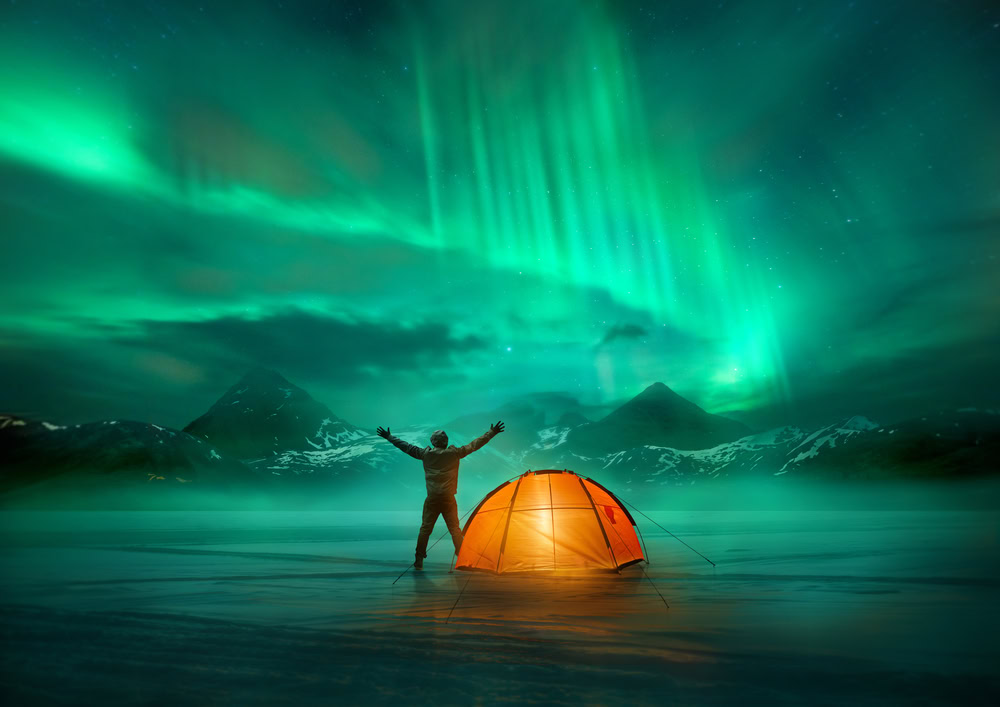
4. Avoid Buying Bottled Water in Stores
The tap water in Iceland is among the purest in the world. It’s neither chlorinated nor fluorinated, simply because there’s no need to do so. In fact, tourists’ main complaint about Icelandic water is its lack of taste, because there is almost nothing in it except water.
So when you visit Iceland, be sure to get a reusable flask and drink the water that comes straight from the tap instead of wasting money on bottled water. Not only will this save you money, but there is the additional benefit of helping the environment by not purchasing products packaged in plastic—we all know how long that takes to degrade. That said, if you want sparkling water, there is a decent variety available at most supermarkets.
There’s no need to buy bottled water in Iceland, where the tap water is extremely clean. If you want sparkling water with a bit of flavor, then try Kristal with a bit of lime.

5. Avoid Shopping at 10-11
If you have a late flight, a 10-11 may be your only choice, but you should try to avoid shopping at this supermarket chain, simply because it’s the most expensive supermarket in Iceland. The prices at these stores are sometimes three times higher than at the cheapest alternative.
To save money, try to do your shopping at the Bonus, Kronan, or Netto stores instead. These alternative chains can be found all around the capital area and in most large towns in the countryside.
6. Don’t Be Fooled by the Light “Beer” in the Supermarkets
The “alcoholic” drink that is sold in Icelandic supermarkets is called Pilsner and contains less than 2.25% alcoholic volume. With such a low alcohol content, this beverage is not beer, even if it looks like it. To buy alcohol outside of bars and restaurants, you need to go to a special, government-run alcohol store called Vinbudin. Don’t worry, there are plenty of them around the capital area. These stores have a wide range of products and they are usually open from Monday to Saturday.
As a side note, if you want to buy a light beer, then I recommend the brand in the picture below—it’s quite tasty and refreshing.
This might look like beer, but it’s not. To get real beer, you need to find the state-run alcohol shops called Vinbudin.
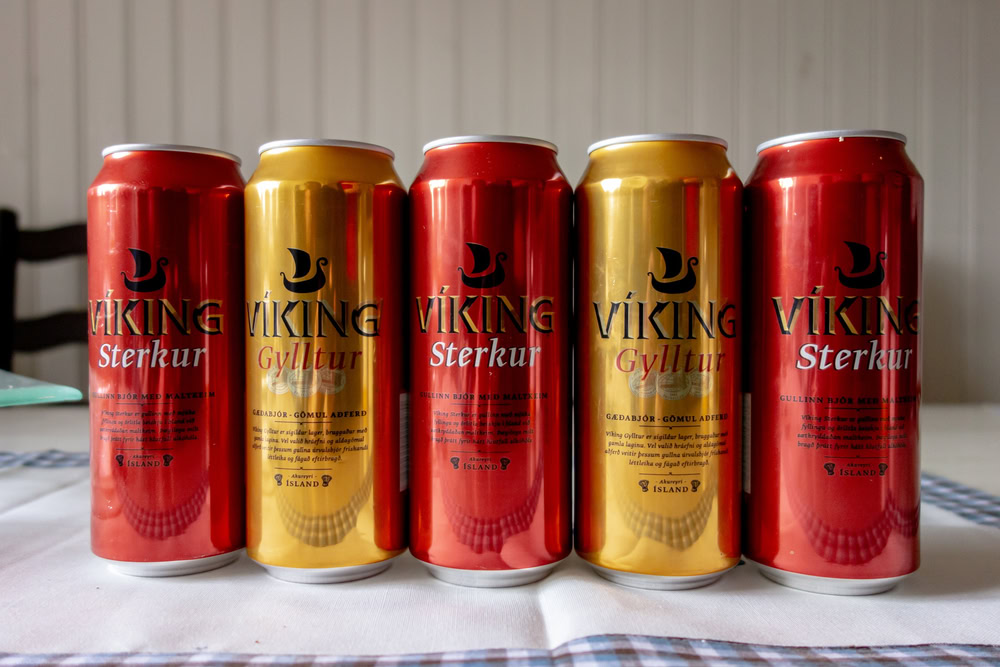
7. Don’t Assume You Can Buy Alcohol Anywhere, Anytime
In Iceland, you will not be able to go into just any corner market on any day and buy booze. There are special Vínbúðin shops that are only open certain days for limited hours.
Not only that, but you can also expect to pay high duty and taxes for alcohol. Travelers who want to stock up often load up at the airport, where alcohol is duty-free. Just be sure to follow the rules on the amount of alcohol you can take into the country duty-free.
By the way, there is zero tolerance for DUI in Iceland. You could earn a fine of $750 and a two-month loss of your driving permit for drinking only one beer.
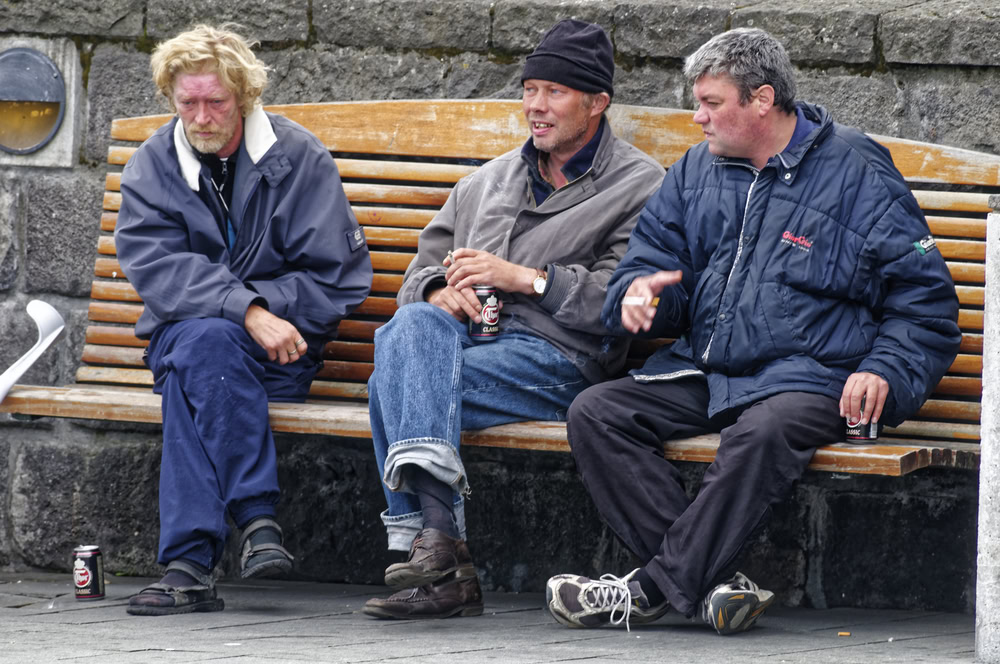
8. Don’t Drive Too Fast
The speed limit in Iceland runs from 30 to 90 km/hour. You’ll always want to keep your eyes on the posted limit, since speeding tickets are quite hefty. For example,
Going 60 km/h where the speed limit is 50 will get you a $80 fine.
Going 110 km/h in a 90 km zone will cost you $400.
Near residential areas, schools, and hospitals, you will be expected to drive slowly. Going 61 km/h in a 30km/h zone will really hurt: $550 in fines, plus the loss of your driving permit for three months.
Not only that, but fines usually start at 6 km/h above the speed limit. So even going just a few kilometers over the posted limit can get you pulled over.
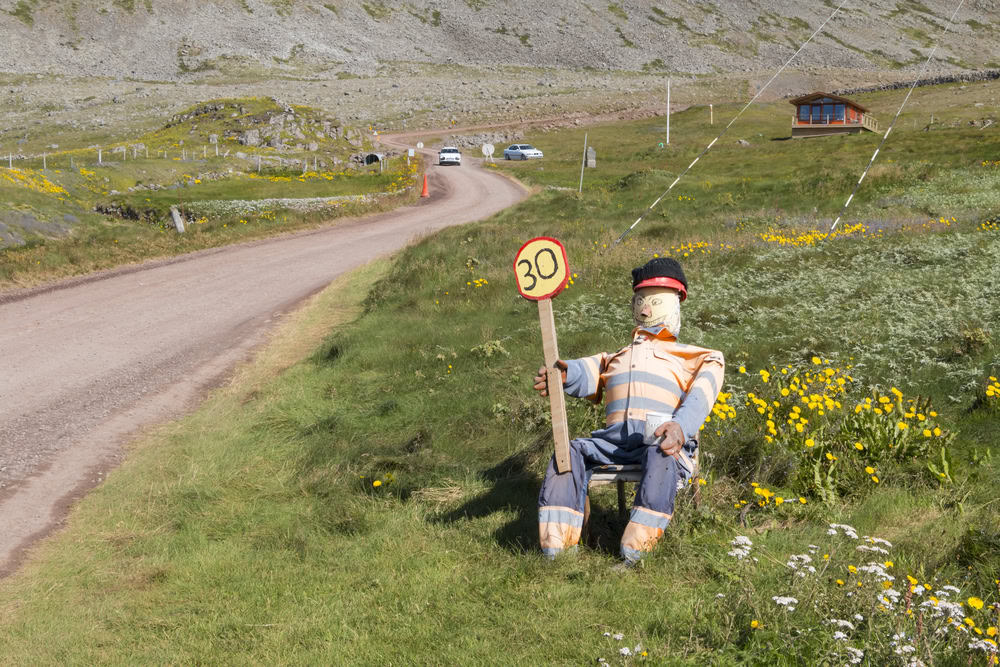
9. Do Not Drive Off-Road
You might have seen some travel commercial where people are driving around in a jeep at high speeds over sand or grassy hills, having a blast, suggesting that it’s fine to drive anywhere you want while in Iceland. This is far from reality.
Off-road driving is taken very seriously in Iceland, and if you’re caught you could be fined up to $2,000, in addition to being required to fix the damage you caused. So no matter what you saw on television or how harmless it looks, don’t go off the road or trail in your vehicle.
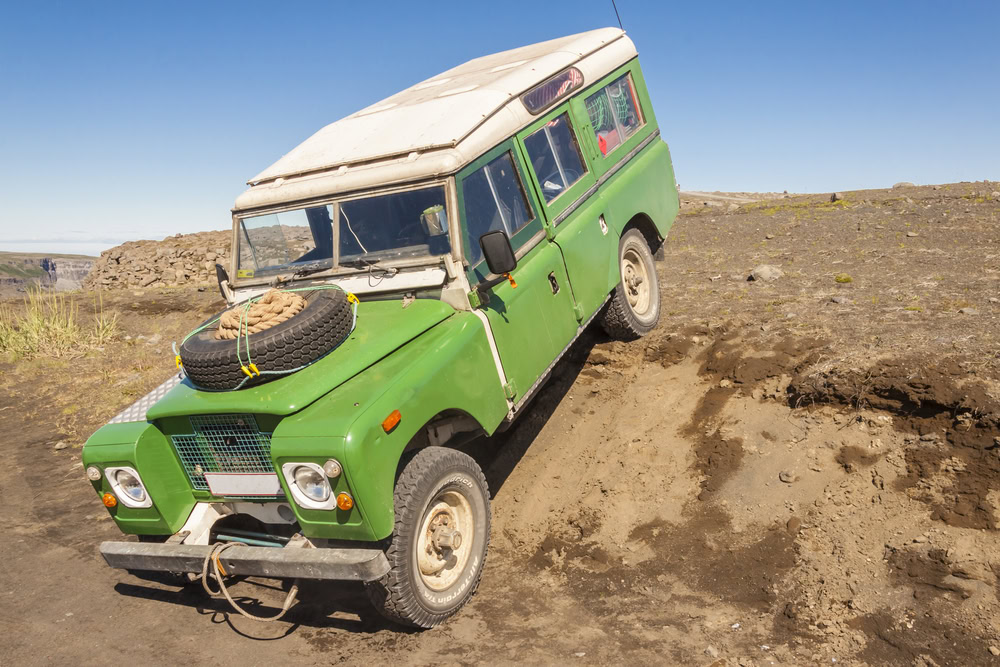
10. Please Don’t Go Hiking Alone and Don’t Ignore Warning Signs
While the nature in Iceland is breathtaking, it is also dangerous. Every year, tourists get lost or have accidents while hiking in isolated areas, and while most are found by the local rescue teams, some unfortunately die due to exposure or are never found again. So if you want to go hiking in remote areas of Iceland, please go with a group (preferably a guided tour) and be sure that someone at your hotel knows your plans and can watch for your return.
Also, please remember that warning signs are there for a reason—they are not merely erected as a precaution in case someone might sue (as many travelers might think). Warning signs in Iceland are usually only placed in locations were there is real danger. And if you think you know what you are doing, you should know that the warning sign was likely placed there because someone before you also thought he knew what he was doing.
Before you can enjoy a swim in Iceland, you must follow some strict rules.
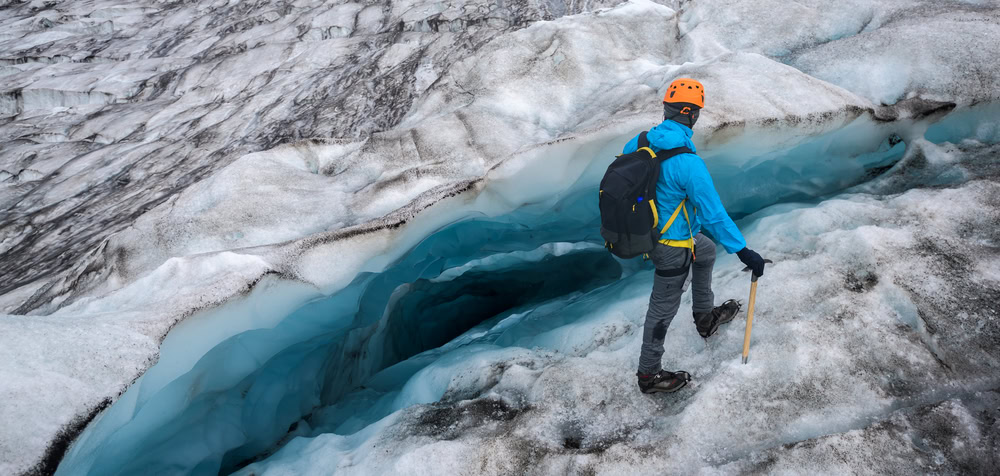
11. Do Not Enter the Swimming Pools Without Showering First
Iceland has a large number of thermally heated outdoor pools that are a joy to experience. However, there is a strict policy requiring all bathers to shower in their “birthday suit” before entering the pools, and the shower attendants ensure that people clean themselves. If you try to skip the shower, you will be met with a mildly hostile shower attendant who will direct you straight back into the showers.
If you are somewhat shy about bathing in front of other people, you should go to the Laugardalslaug, Reykjavik’s largest heated pool. This pool has extensive facilities, including a couple of special showers that look a bit like changing rooms. I would love to show a photo of it, but (for obvious reasons) I don’t have one.
The Environment Agency of Iceland has made these helpful signs to help bathers understand the importance of the pre-pool shower.
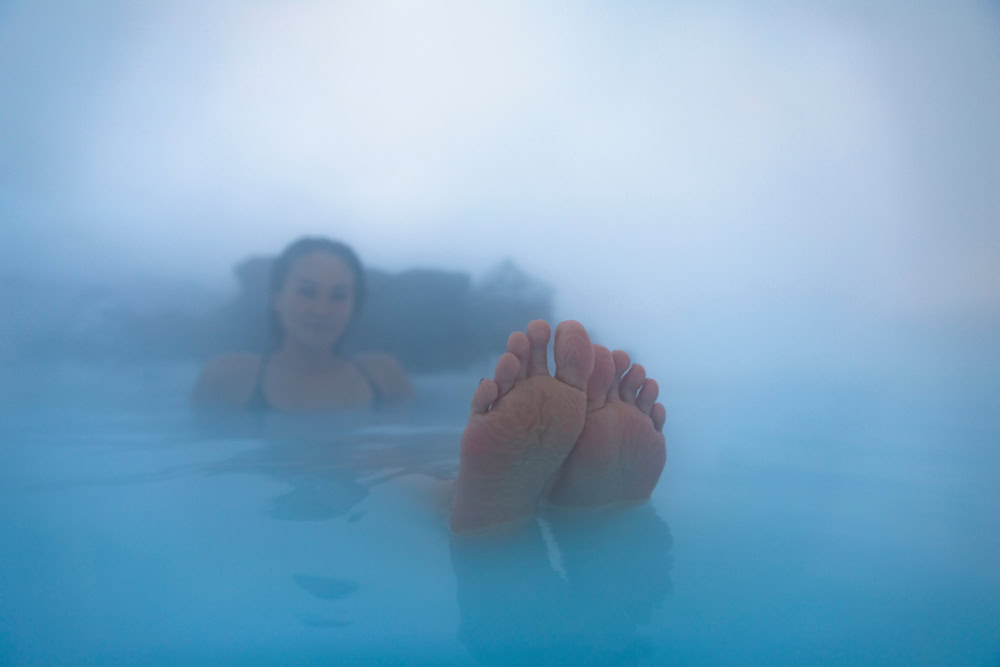
12. Use Proper Etiquette When Visiting Baths and Pools
Sometimes, tourists worry about social etiquette. There aren’t many rules to follow when you swim in Iceland’s magnificent pools, but those rules are important. A brief description of a visit to a pool might help allay your fears.
Most pools have free parking lots, so don’t worry about parking.
You’ll pay an entrance fee at the door—about 950kr—and you’ll usually be able to rent a towel or a swimming suit. A locker is included in the price.
Next, you’ll go to the dressing rooms (separated by gender) where you’ll take off your shoes and place them on a rack.
Then, find an empty locker. Don’t be concerned about the security of your belongings—they’ll be safe, but make sure to keep your locker key on you while you swim. It will likely be an electronic bracelet or a metal key on an elastic wristband.
You’ll take off all (yes, all) your clothes and put them in your locker, along with any other belongings you might have on you. Don’t try to hide in a toilet stall to get changed, as you’ll likely be preventing someone else from using the toilet. Cameras are generally not allowed in pools, so check that pool’s rules. Most bathers will strip down in front of their lockers.
Shower thoroughly. Soap is usually provided.
Put on your bathing suit before entering the pool. Although Icelanders are accustomed to being naked in front of each other in the showers, public nudity is not the norm. Any kind of bathing suit is okay—trunks, bikinis, speedos, modest Muslim suits, etc. You won’t need a swim cap.
If you want to you can take your towel outside or leave it in the towel storage next to the showers. Sandals are not required. Food is usually not allowed in the pool, and you can often only drink water in a safe container.
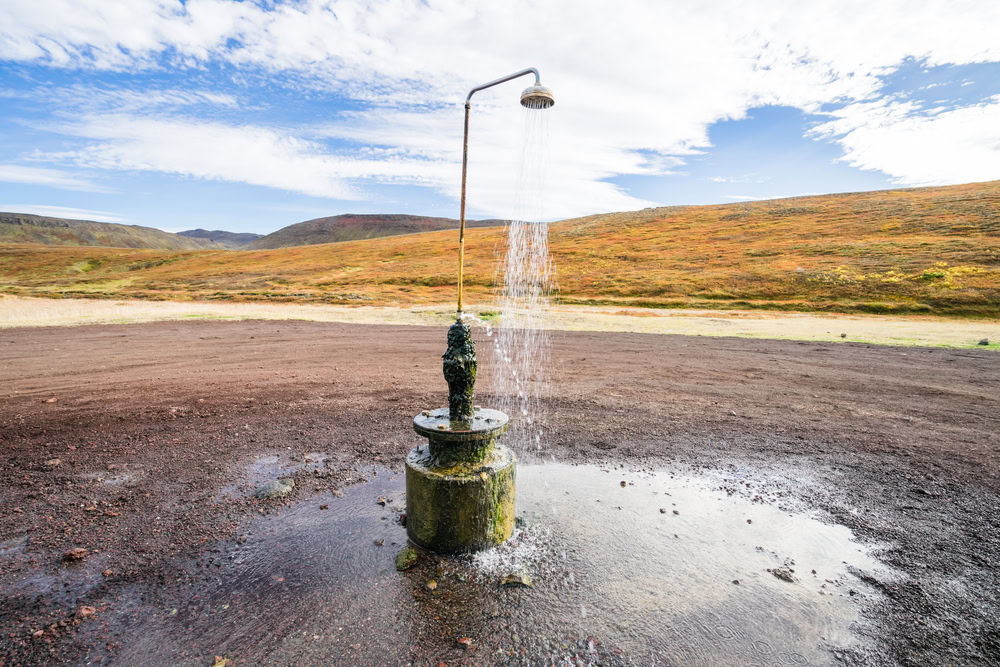
13. Don’t Worry About Tipping Your Server
In Iceland, tipping the person who brings you food or drink is not required or even encouraged. The price of meals and services accounts for the staff’s wages, so they have no expectation at all that you’ll leave them a tip. But it’s not frowned upon, either, so if you feel like tipping, then that is more than okay, too.

14. Don’t Forget to Exchange Your Leftover Kronas Before You Leave Iceland
The Icelandic krona is a tiny currency which is almost never accepted by banks outside of Iceland. So if you have any Icelandic kronas, you should exchange them before you leave the country—unless you want to keep them as souvenirs.
There is a bank at the airport which will happily accept your remaining kronas in exchange for the more common currencies of the world.
15. Avoid (or Embrace!) Iceland’s Biggest Tourist Traps
As mentioned, Iceland is experiencing a boom in tourism. In 2018, 2.3 million people visited Iceland, which was a 5.5% increase from 2017. Of course, this means you’ll have to share your visit with many other travelers. Below is a list of the most popular spots. If you like crowds, visiting these most-touristed spots won’t bother you, but if not, you’ll want to avoid them at all costs and choose off-the-beaten-path options, instead.






